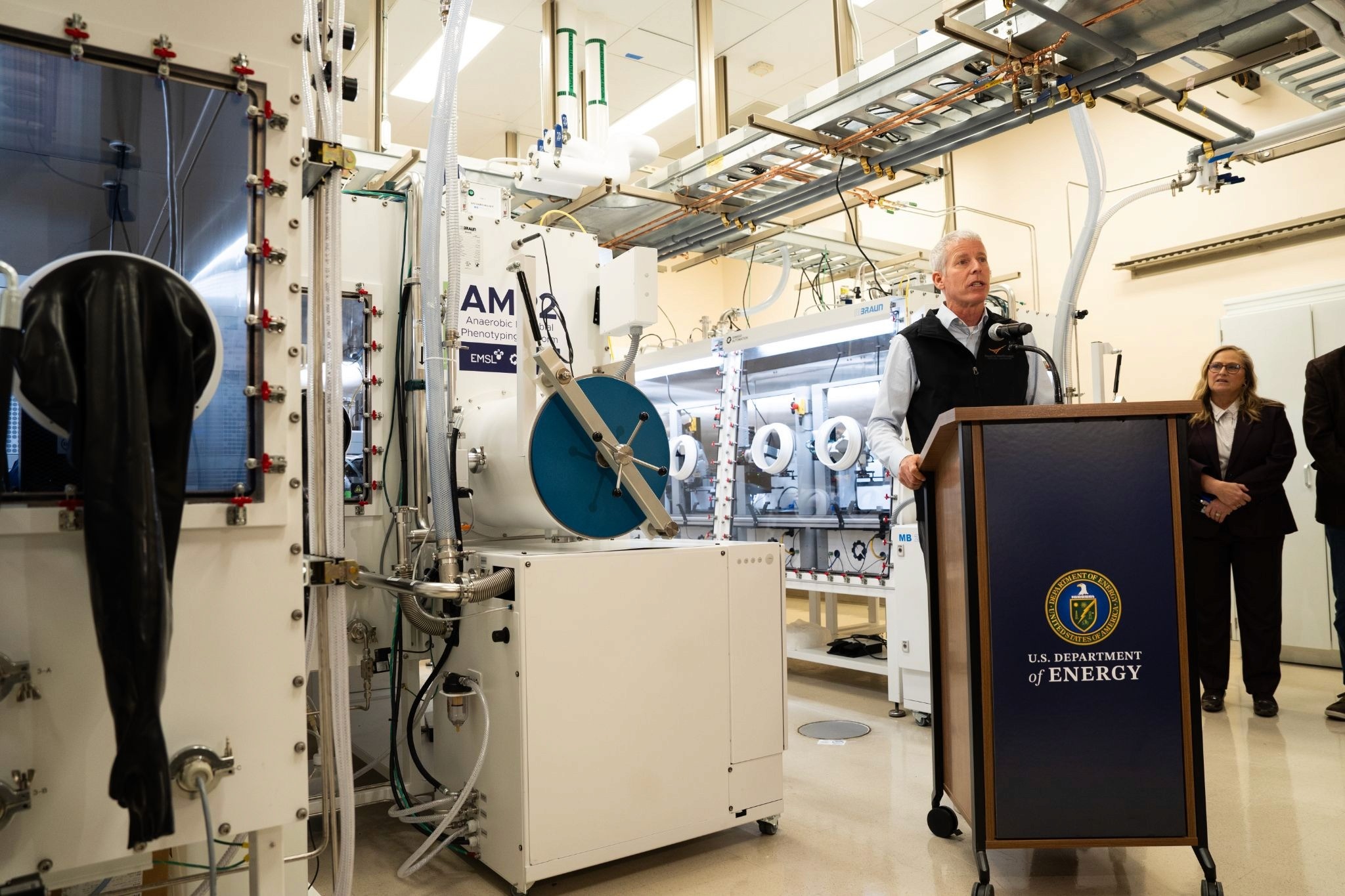How A New Circularity Index Measures Bioeconomic Impact on Climate Change
The University of Illinois' Circularity Index provides a new way to measure and enhance circular economies in agriculture
Aug 20, 2024
[Rcphotostock/Canva]
As the global community confronts the dual challenges of mitigating climate change and sustaining a growing population, the concept of circular economies is gaining traction as a solution for sustainable production. Reliable metrics are essential for evaluating these strategies, and researchers at the University of Illinois Urbana-Champaign have developed a Circularity Index to provide a robust method for quantifying circularity in bioeconomic systems. In a recent paper, they present their methodology and apply it to two case studies: a corn/soybean farming operation and the broader U.S. food and agriculture system.
“The traditional economic system is linear—we produce, distribute, use, and dispose of products. To increase sustainability, we need to develop a circular economy. Rather than just using natural resources, we must recover, reuse, and recycle waste materials,” explained Yuanhui Zhang, a professor in the Department of Agricultural and Biological Engineering (ABE) at the University of Illinois. He is affiliated with the College of Agricultural, Consumer, and Environmental Sciences and The Grainger College of Engineering.

“Circular bioeconomy has become a hot topic in research, but most studies are merely descriptive, and there’s no way to measure impacts. To move the technology forward, we need measurements to quantify effects, establish benchmarks, compare approaches, and identify weak spots,” Zhang added.
The paper outlines the Circularity Index (CI), which evaluates circularity on a scale from 0 to 1, where 0 represents an entirely linear system, and 1 represents a completely circular system. The CI encompasses eight categories: take, make, distribute, use, dispose, recover, remake, and reuse. Researchers compute the CI by analyzing data across these categories.
Zhang and his team conducted two case studies to demonstrate the CI's application. The first focused on nitrogen cycling within a corn-soybean farm in the Midwestern United States. They assessed production and output over eight years, comparing two fertilizer treatments: urea and manure. The CI calculated was 0.687 for urea and 0.86 for manure, indicating that manure supports a more circular economy.
In the second case study, the researchers analyzed the U.S. food and agriculture system, specifically energy usage. Using data from the USDA, EPA, and DOE, they compared the current system to one based on the Environment-Enhancing Food Energy and Water System (EE-FEWS) framework, which emphasizes the recovery, remake, and reuse of organic waste. The current system yielded a CI of 0.179, while the EE-FEWS approach could raise it to 0.84.
“Our current production system relies primarily on fossil fuel, with some use of solar and wind energy. But there is very little recovery of biowaste. If we recover food waste and manure and turn it into energy and fertilizer, we can recycle it back to the agricultural systems it originates from. Employing the EE-FEWS framework would greatly improve the circularity of the U.S. bioeconomy,” Zhang explained.
The CI is versatile and adaptable to various resources and systems based on specific goals. Resources can be mineral-based, like carbon or nitrogen, or non-mineral, like water or energy. The scale of systems can vary from a single process or farm to an industry sector, a national economy, or even the global economy.
“We know it’s important to reduce fossil fuel use, increase renewable resources, and minimize our water consumption. But to do so effectively, we need to know how much and what the weak links and tradeoffs are. The CI provides a single number that allows you to establish a baseline, compare systems, and determine best strategies for action,” Zhang noted.
The CI could also inform policy initiatives such as the United Nations’ Sustainable Development Goals and may hold commercial value.


















